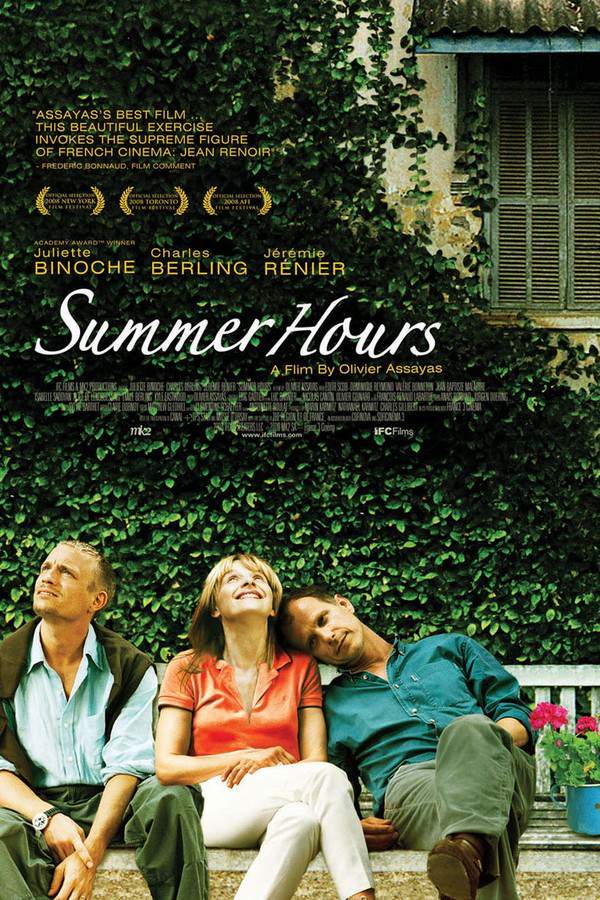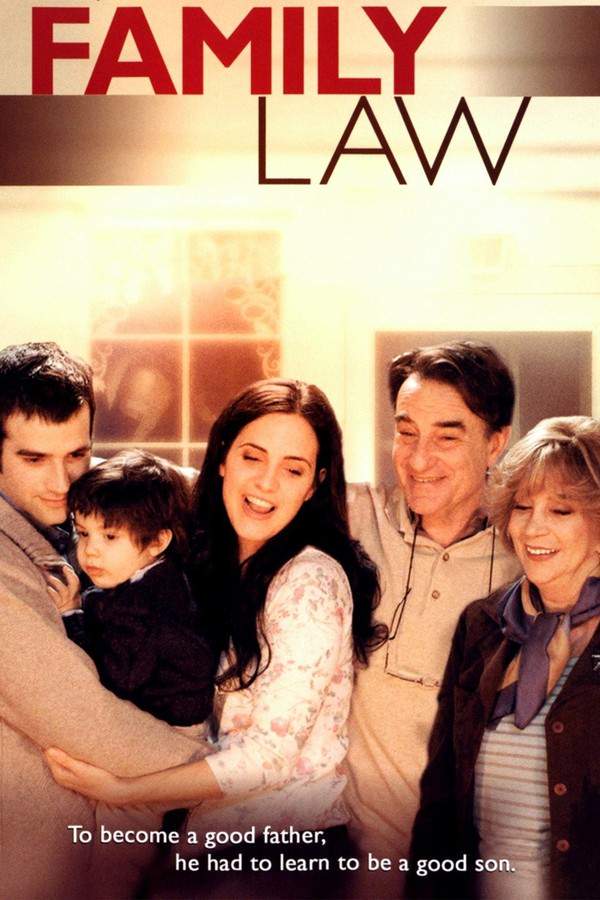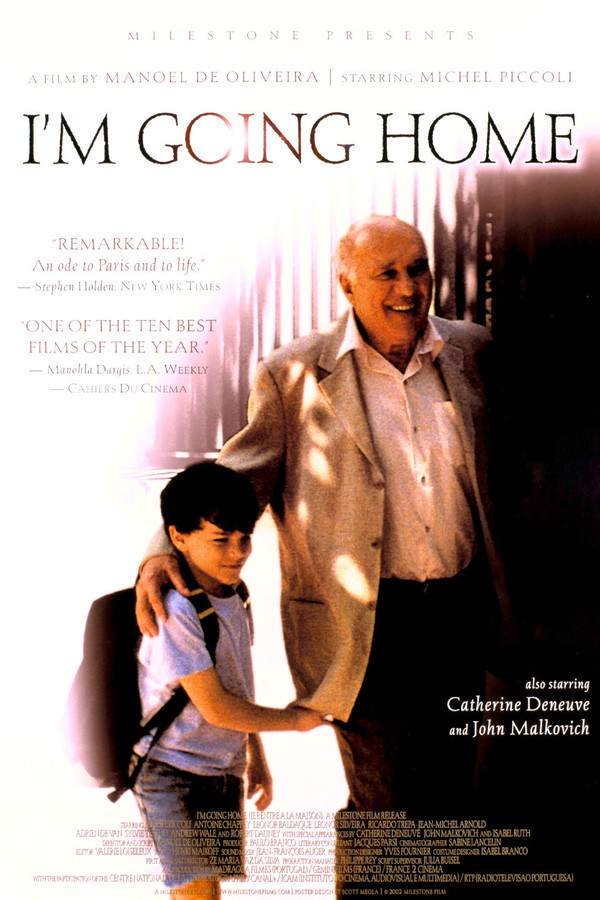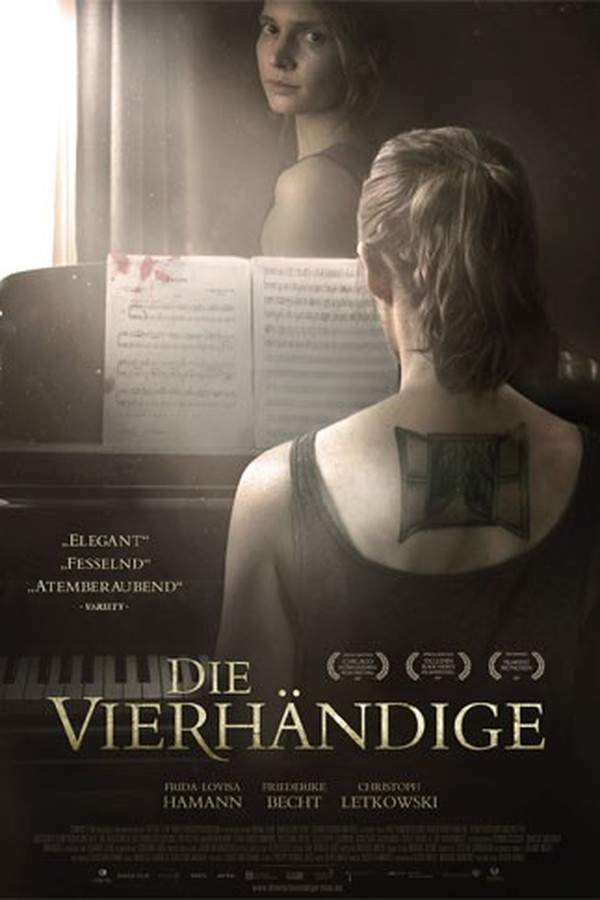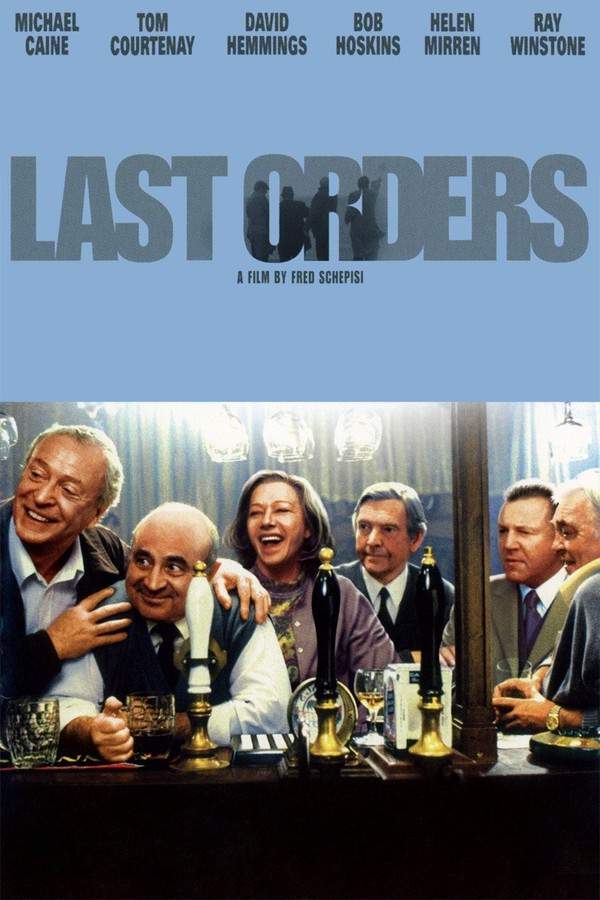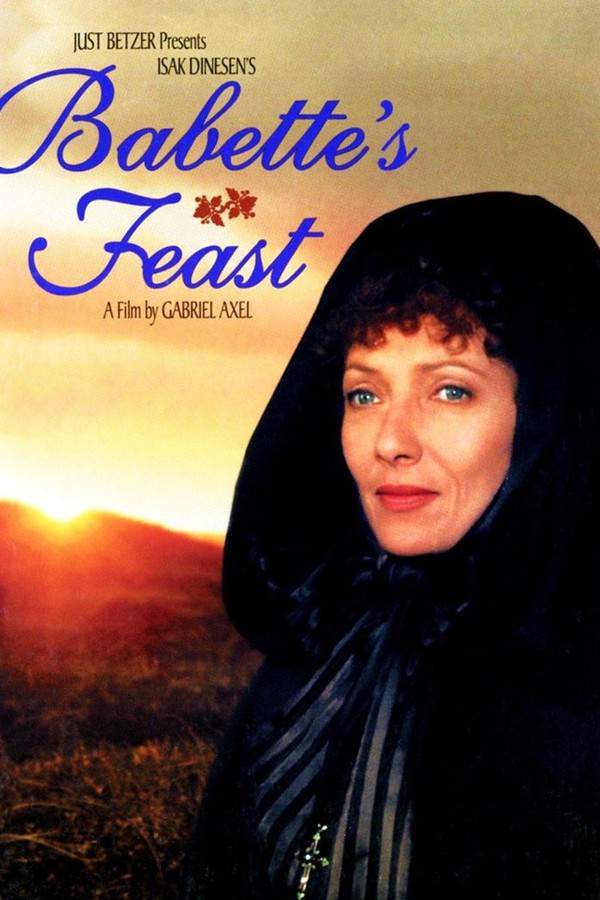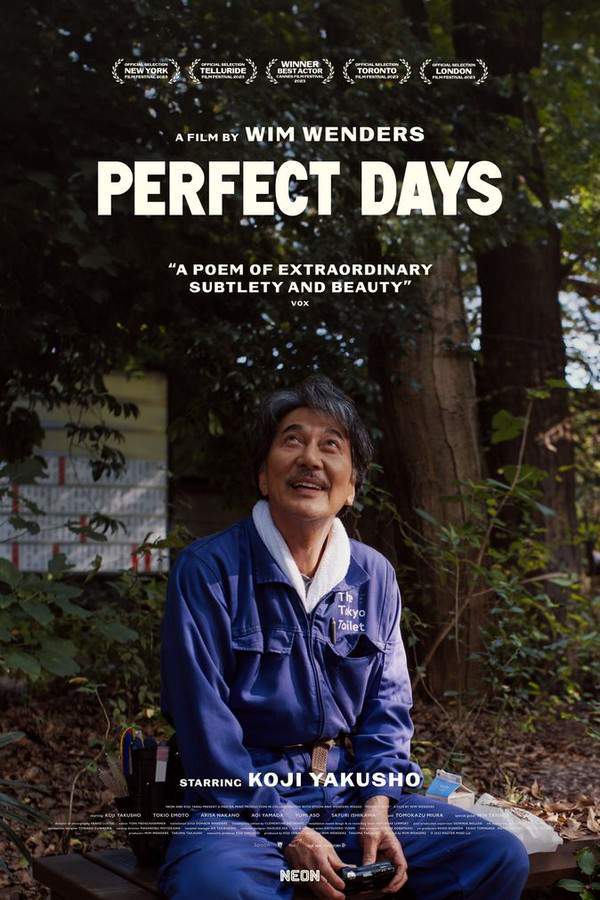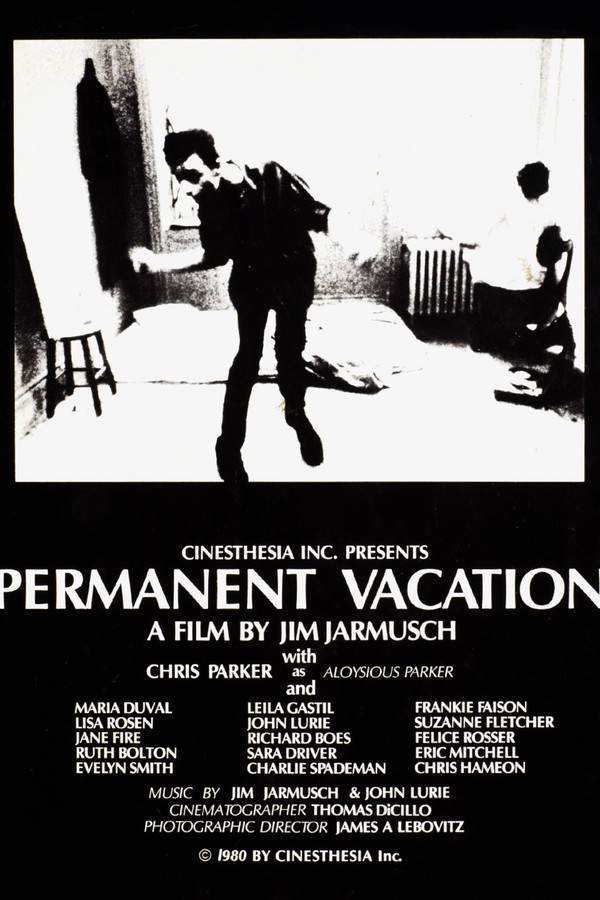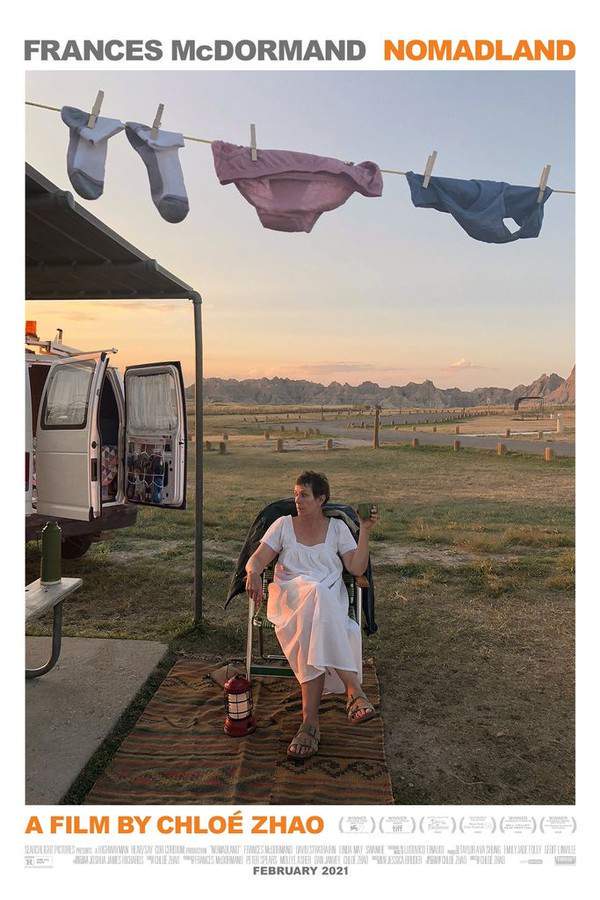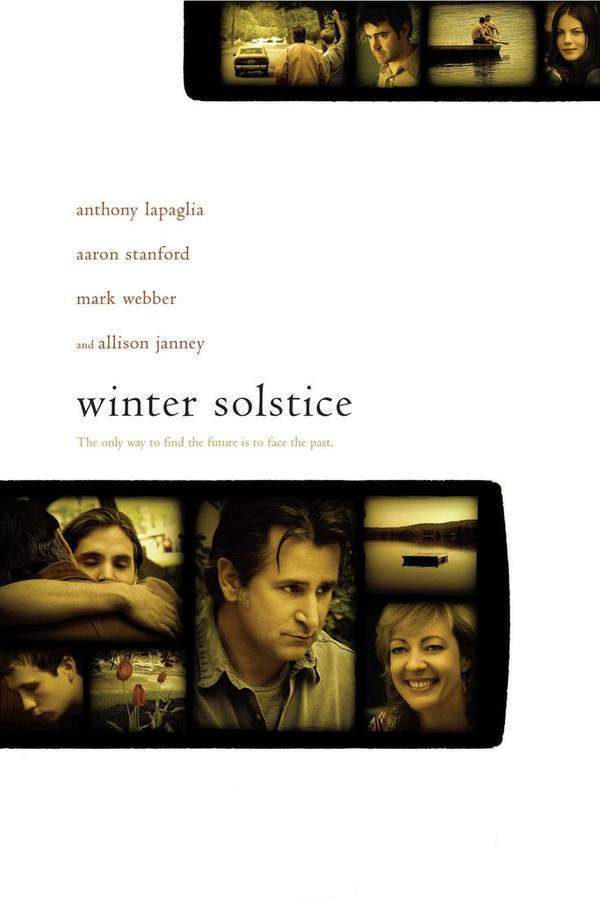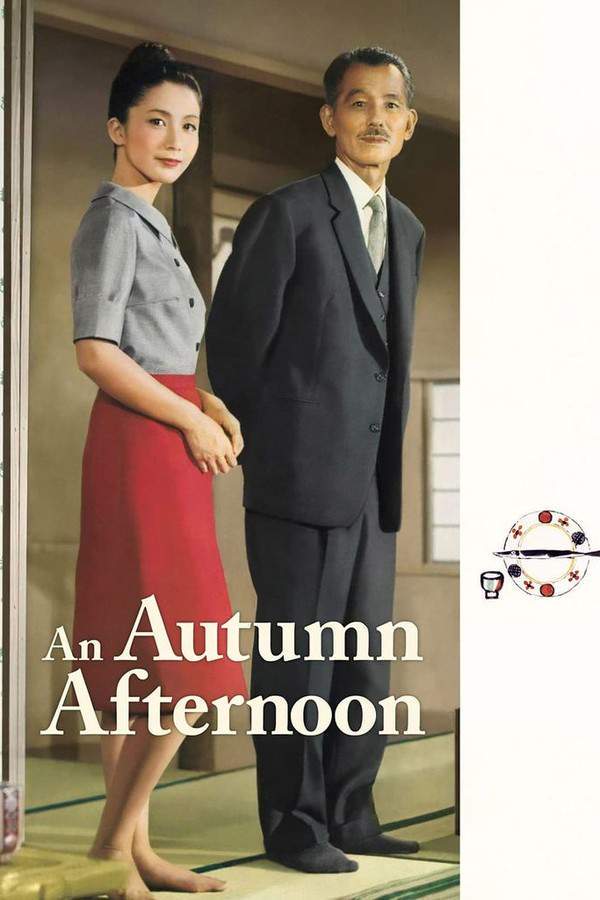
An Autumn Afternoon
Year: 1964
Runtime: 113 min
Language: Japanese
Director: Yasujiro Ozu
A respected businessman reflects on his family relationships as autumn arrives. Shuhei Hirayama grapples with the challenges of raising his sons, particularly his eldest, while also supporting his middle daughter’s romantic aspirations. He also attempts to mend the emotional distance with his youngest child, who carries a history of trauma. The season of change mirrors the shifting dynamics within his household, prompting introspection and a search for understanding among his loved ones.
Warning: spoilers below!
Haven’t seen An Autumn Afternoon yet? This summary contains major spoilers. Bookmark the page, watch the movie, and come back for the full breakdown. If you're ready, scroll on and relive the story!
An Autumn Afternoon (1964) – Full Plot Summary & Ending Explained
Read the complete plot breakdown of An Autumn Afternoon (1964), including all key story events, major twists, and the ending explained in detail. Discover what really happened—and what it all means.
Tokyo, 1962. Shūhei Hirayama (Chishū Ryū), an elderly widower, navigates life with his grown children: his married son Kōichi (Keiji Sada), along with his two unmarried offspring, 24-year-old daughter Michiko (Shima Iwashita) and 21-year-old son Kazuo (Shin’ichirō Mikami). The children’s ages and their memories indicate that their mother passed away shortly before the war’s conclusion, likely during the bombings of Tokyo between 1944 and 1945. Kōichi has established a new life with his wife in a modest apartment, leaving Shūhei and Kazuo in the care of Michiko.
Hirayama enjoys regular reunions at a restaurant named Wakamatsu (“Young Pine”) with five of his former classmates, including Kawai (Nobuo Nakamura), Horie (Ryūji Kita), Sugai (Tsūzai Sugawara), Watanabe (Masao Oda), and Nakanishi. Together, they share laughter and reminisce about their younger days, with Horie often bearing the brunt of their jests regarding his new younger wife and whether he requires pills for his vitality.
One day, their former Chinese classics teacher, Sakuma (Eijirō Tōno), affectionately known as the Gourd, attends a reunion. Through a casual remark, it becomes clear that Hirayama had pursued a career as a naval officer post-school, remaining dedicated to his service until 1945. After some drinks, Sakuma, now down on his luck, is found running a modest noodle shop in a less affluent area. His daughter, Tomoko (Haruko Sugimura), missed her chance at marriage in her youth, leaving her too old to entertain such thoughts now.
Moved by their old teacher’s plight, Sakuma’s former students resolve to support him with a monetary gift. Hirayama returns to the noodle shop to deliver the aid, where he encounters Yoshitarō Sakamoto (Daisuke Katō), who recognizes him as the captain of his wartime ship. Sakamoto introduces Hirayama to his favorite bar, where the bar’s owner, Kaoru (Kyōko Kishida), strikingly resembles Hirayama’s late wife. The atmosphere becomes lively when Kaoru plays Warship March, and Sakamoto humorously enacts a military drill, singing along to the tune, invoking memories of wartime propoganda.
Meanwhile, Kōichi borrows 50,000 yen from Shūhei, pretending it’s for a refrigerator, but intends to splurge on second-hand golf clubs instead. His wife, Akiko (Mariko Okada), firmly disapproves and threatens to spend similarly on an expensive handbag if he indulges. Eventually, she softens her stance.
The Gourd confesses to his students that the choice to keep his daughter home to care for him has resulted in her lonely spinsterhood. Grieved by this revelation, Hirayama confronts his own selfishness in keeping Michiko at home and decides to arrange a marriage for her. He tasks Kōichi with inquiring if Miura (Teruo Yoshida), whom Michiko adores, might be interested. Unfortunately, Miura is already engaged, much to Michiko’s placid demeanor, but her younger brother, Kazuo, soon reveals her tears after the news breaks. Subsequently, Hirayama invites Michiko to meet a potential suitor, which she reluctantly accepts.
In one of Ozu’s classic ellipses, Michiko is soon seen clad in a resplendent wedding kimono and head-dress, indicating her acquiescence to marriage; however, neither the groom nor the wedding ceremony is depicted. After the wedding, Hirayama joins friends at a bar whilst Kōichi, Akiko, and Kazuo await his return home. Eventually, when he staggers back, inebriated, Kōichi and Akiko leave, and Kazuo heads to his room, leaving Hirayama alone.
In the poignant final scene, a tipsy Hirayama sings bits of the Warship March, concluding with the reflective words, > “Alone, eh?”
Last Updated: November 16, 2024 at 17:17
Explore Movie Threads
Discover curated groups of movies connected by mood, themes, and story style. Browse collections built around emotion, atmosphere, and narrative focus to easily find films that match what you feel like watching right now.
Quiet family dramas of generational change like An Autumn Afternoon
Subtle stories about families navigating the inevitable shifts of time and age.For viewers who liked the gentle, reflective pace of An Autumn Afternoon, this section features movies like it that explore family relationships and the quiet melancholy of aging. These similar drama films capture the bittersweet feeling of generational change.
Narrative Summary
Stories in this thread typically follow a parent, often in the autumn of their life, as they come to terms with their children's independence. The narrative is driven by everyday interactions and conversations rather than major plot twists, building towards a poignant resolution that acknowledges both loss and continuity.
Why These Movies?
These films are grouped together for their shared focus on the emotional landscape of family life, their melancholic and reflective tone, and their use of a slow, deliberate pace to let character and atmosphere take precedence over plot.
Meditative character studies in atmospheric settings like An Autumn Afternoon
Films where mood and introspection are the main events, unfolding slowly.If you enjoyed the reflective, atmospheric quality of An Autumn Afternoon, this list highlights movies with a similar vibe. These films share a slow pacing and a focus on mood and character introspection, creating a quietly powerful viewing experience.
Narrative Summary
The narrative pattern is less about a traditional plot and more about a character's emotional journey, often prompted by their environment or a season. The story unfolds through quiet moments and subtle details, allowing the audience to absorb the character's feelings and reflections directly.
Why These Movies?
These movies are connected by their meditative quality, their use of a specific atmosphere (often tied to a season or time of day) as a central element, and a pacing that invites the audience to contemplate along with the characters.
Unlock the Full Story of An Autumn Afternoon
Don't stop at just watching — explore An Autumn Afternoon in full detail. From the complete plot summary and scene-by-scene timeline to character breakdowns, thematic analysis, and a deep dive into the ending — every page helps you truly understand what An Autumn Afternoon is all about. Plus, discover what's next after the movie.
An Autumn Afternoon Timeline
Track the full timeline of An Autumn Afternoon with every major event arranged chronologically. Perfect for decoding non-linear storytelling, flashbacks, or parallel narratives with a clear scene-by-scene breakdown.

Characters, Settings & Themes in An Autumn Afternoon
Discover the characters, locations, and core themes that shape An Autumn Afternoon. Get insights into symbolic elements, setting significance, and deeper narrative meaning — ideal for thematic analysis and movie breakdowns.

An Autumn Afternoon Spoiler-Free Summary
Get a quick, spoiler-free overview of An Autumn Afternoon that covers the main plot points and key details without revealing any major twists or spoilers. Perfect for those who want to know what to expect before diving in.

More About An Autumn Afternoon
Visit What's After the Movie to explore more about An Autumn Afternoon: box office results, cast and crew info, production details, post-credit scenes, and external links — all in one place for movie fans and researchers.


